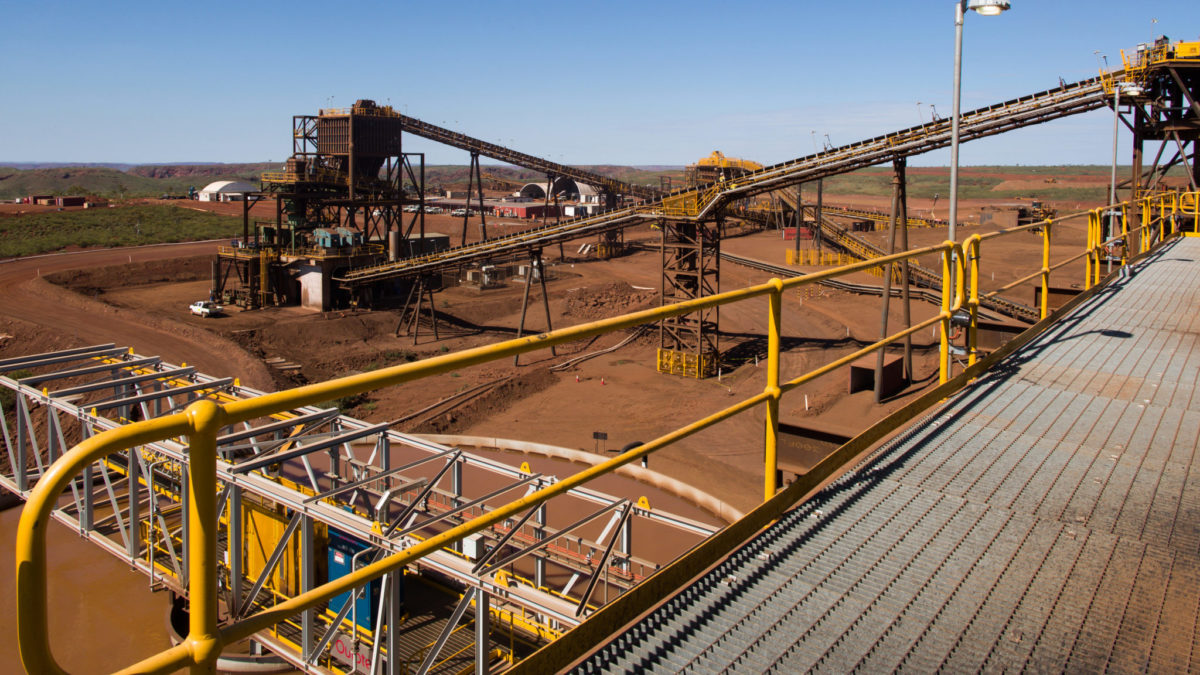With climate targets and emissions reductions now firmly enshrined into laws and targets at national policy level, businesses across many industries are coming under increasing pressure from policymakers, investors, and their customers to publish accurate information on the emissions produced throughout their supply chain, Rocky Mountain Institute (RMI) has published a report that outlines how this could be best be achieved.
The report, The Next Frontier of Carbon Accounting, notes that action and collaboration between industries in different areas is needed, to ensure that requirements for greenhouse gas (GHG) disclosure are established in a way that is fair and leads to reliable, comparable data.
Principles for GHG disclosure, argues RMI, should be aligned with financial accounting requirements, and avoid varying regional approaches – which could lead to the creation of GHG ‘tax havens’. Existing methods provide a good starting point, but so far the many different sector-specific initiatives have led to what the institute calls ‘reporting fatigue’ affecting both companies and those seeking comparable information on their environmental footprint. What is needed is a uniform approach that can be applied across entire industries and supply chains.
“…there is currently no universally accepted way to know the emissions intensity of products or the materials that went into making them, like steel, cement, or plastics,” said RMI in a statement. “Until people know the climate impact of the products they’re using, it will be impossible for them to demand lower-carbon goods and decarbonize industrial sectors.”
The approach advocated by RMI consists of building on and ‘harmonizing’ the Greenhouse Gas protocol already developed by the World Resources Institute and other sector specific initiatives such as the Responsible Steel standard, and not to force adoption of specific methods on to industries where they may not be useful.
And standards must be developed with input from all stakeholders, not only the manufacturers themselves: it is important not to neglect the existing calls for emissions transparency presented by investors, policymakers, and consumers. “The working groups developing this framework cannot be structured along industry lines,” reads the report.
The report calls on the mining sector to take a leading role in establishing reporting standards, given its position at the very top of multiple supply chains, noting in particular that the broader transition to a low carbon economy will drastically increase demand for certain minerals – those used in solar module manufacturing being an excellent example.
That these mineral supply chains make their own transition to low-carbon operations, says RMI, is of paramount importance. “These improvements can take place only with a universal system for emissions accounting and reporting that allows for differentiation of products by how materials were mined, processed, and transported,” concludes the report. “By making efforts bankable, an incentive emerges for the “hard-to-abate”— and often less visible—parts of supply chains to take bold action in reducing their own carbon footprint.”
This content is protected by copyright and may not be reused. If you want to cooperate with us and would like to reuse some of our content, please contact: editors@pv-magazine.com.




1 comment
By submitting this form you agree to pv magazine using your data for the purposes of publishing your comment.
Your personal data will only be disclosed or otherwise transmitted to third parties for the purposes of spam filtering or if this is necessary for technical maintenance of the website. Any other transfer to third parties will not take place unless this is justified on the basis of applicable data protection regulations or if pv magazine is legally obliged to do so.
You may revoke this consent at any time with effect for the future, in which case your personal data will be deleted immediately. Otherwise, your data will be deleted if pv magazine has processed your request or the purpose of data storage is fulfilled.
Further information on data privacy can be found in our Data Protection Policy.